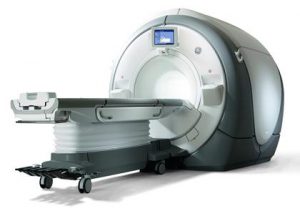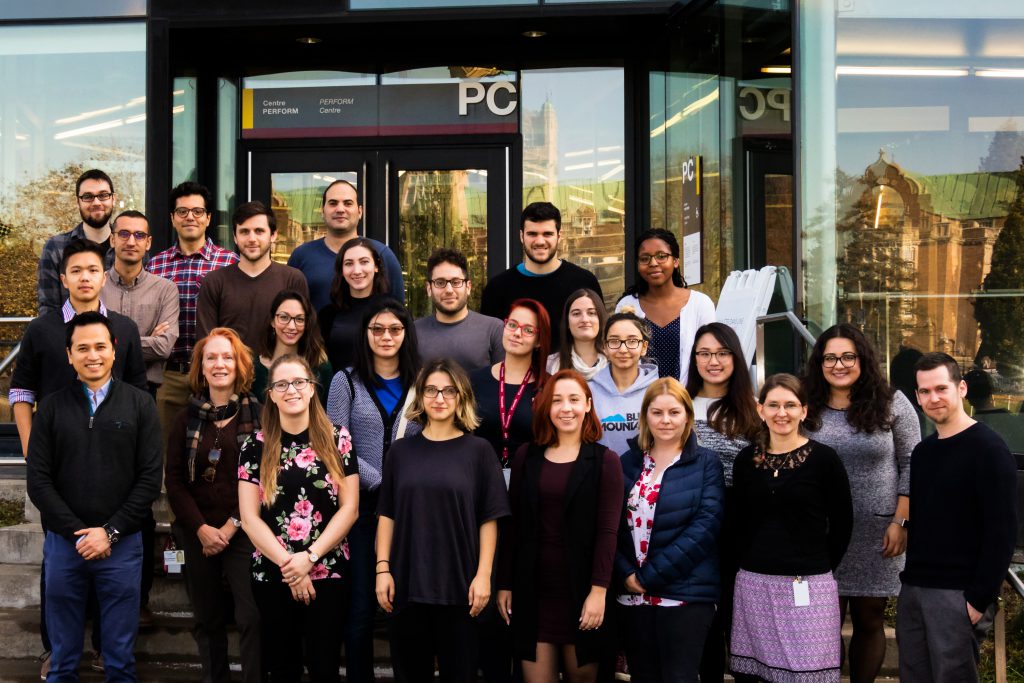SomnusNooze
Do people with IH have different brains than people without IH? According to a Canadian research study involving our prestigious Medical Advisory Board member, Dr. Thanh Dang-Vu, the answer is “yes.” We are very pleased to present this summary of the journal article discussing the results of this research study; this summary was written specifically for SomnusNooze by clinical researchers working in Dr. Dang-Vu’s lab, who also discuss their upcoming new study.
Summary of:
Boucetta S., Montplaisir J., Zadra A., Lachapelle F., Soucy, J.P., Gravel P., Dang-Vu T.T, “Altered Regional Cerebral Blood Flow in Idiopathic Hypersomnia,” Sleep. 2017 Oct 1; 40(10). doi: 10.1093/sleep/zsx140.
PubMed link to article.
Background
Although narcolepsy and idiopathic hypersomnia (IH) share some common features (e.g., excessive daytime sleepiness and short latency to sleep), these conditions display a few distinctive clinical characteristics that set them apart, such as the presence of cataplexy (sudden loss of muscle tone) and changes in the cyclical pattern of sleep stages. While narcolepsy with cataplexy is thought to involve autoimmune dysfunction, little to nothing is known about the pathophysiology of central hypersomnia, or which neural mechanisms are common and distinct between these conditions. The poor understanding of these disorders’ pathophysiologies limits the development of effective treatment strategies.
What kind of research was this study? Who were the participants and what did they find?
In this study conducted in our lab, we investigated the neural mechanisms of IH patients and good sleepers using Single Photon Emission Computed Tomography (SPECT) method. SPECT is a functional imaging technique using a radioisotope compound injection that allows visualization of blood flow in different parts of the brain. We asked 13 patients with IH and 16 good sleepers to lie awake for 30 min, during which we scanned them in a SPECT scanner. Patients with IH showed reduced blood flow in brain areas involved in the modulation of vigilance, particularly in the so-called default-mode network, which includes brain regions such as the medial prefrontal cortex and the precuneus. These changes might contribute to the excessive daytime sleepiness experienced by patients with IH. Furthermore, these same changes resemble what is observed when good sleepers enter into deep sleep, which suggests that parts of the brain act as they would during sleep even when the person with IH is awake. Hence, these preliminary data might indicate the presence of incomplete sleep-wake transitions in IH and could explain the symptom of sleep inertia (i.e., difficulty in coming to complete wakefulness) often observed in IH patients.
What are the authors’ conclusions?
These results are still preliminary, but they suggest that some of the symptoms experienced by IH patients might be the result of functional alterations of brain regions implicated in the modulation of vigilance states. However, it is important that more studies be conducted to determine whether these alterations are specific to IH patients or common to other disorders such as narcolepsy.
What’s next?
 To that end, we are currently preparing a new study that will aim to evaluate the neural mechanisms underlying IH as well as narcolepsy with and without cataplexy using magnetic resonance imaging (MRI), a method that does not require the injection of a compound and will bring us more precise measures of brain structure and function in these patients.
To that end, we are currently preparing a new study that will aim to evaluate the neural mechanisms underlying IH as well as narcolepsy with and without cataplexy using magnetic resonance imaging (MRI), a method that does not require the injection of a compound and will bring us more precise measures of brain structure and function in these patients.
We are grateful to the Authors of this Summary:
Aurore A. Perrault, PhD and Nathan Cross, PhD
Sleep, cognition and neuroimaging lab (Prof. Thanh Dang- Vu)
Dept. of Health, Kinesiology and Applied Physiology
Concordia University
& Centre de Recherche de l’Institut Universitaire de Gériatrie de Montréal
Montreal, QC, Canada
 Dr. Dang-Vu (front, left) and his research group
Dr. Dang-Vu (front, left) and his research group
